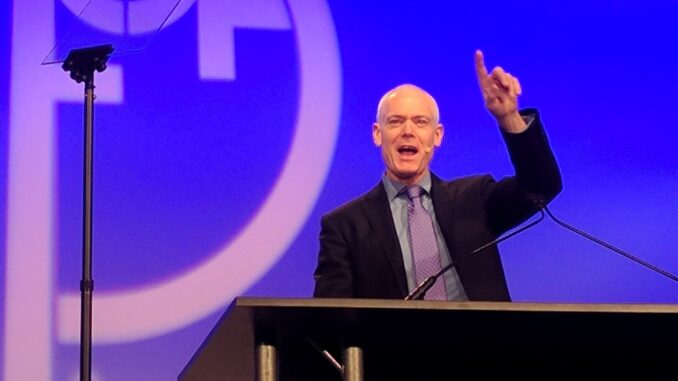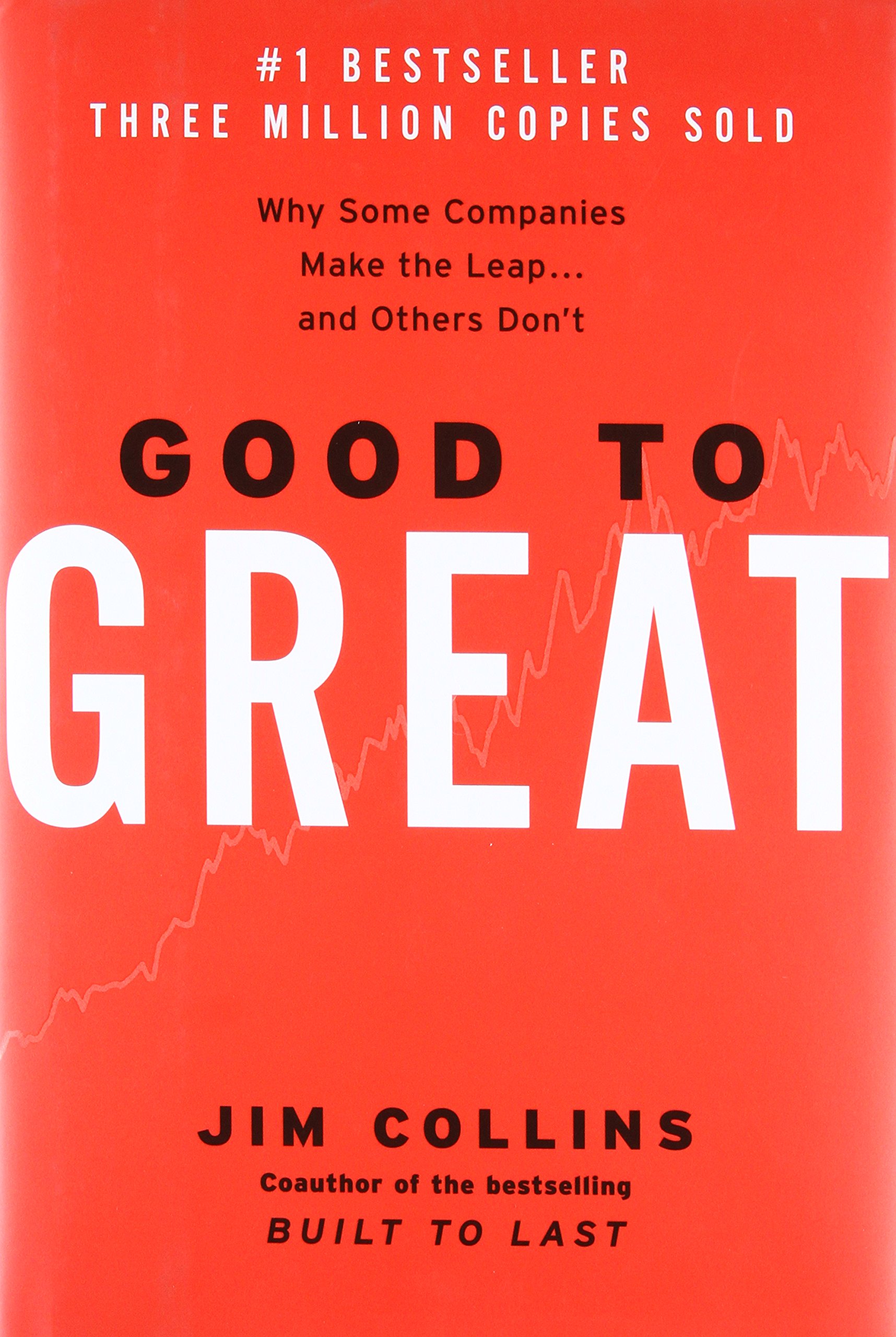
Dr. Kingsley Kabari started his first business at 10 years old, cleaning shoes for pennies in his native Nigeria to help his single mother. He came to America as a 15-year-old refugee speaking no English; today, he runs Kabari Wellness Institute, a comprehensive health and wellness company in Seneca Falls, New York.
Walking into the institute, you might think you’re in a gym. But the thousands of people curling iron and doing push-ups are just the entryway into a dynamic business model which began in 2014. Kabari founded his company by providing chiropractic and niche muscle activation services.
Five years later, he purchased a 35,000 square-foot building and expanded services to a host of fitness classes like Zumba, martial arts, and cycling. And while the rest of the nation was frozen by the COVID-19 pandemic, Kabari and his wife, Dr. Alsia Kabari, renovated the building to grow the institute to its next stage — landlord to a nexus of health and wellness professionals. By the end of 2020, a one-stop healing facility had been born, with 13 businesses renting from the Institute, from psychotherapists and physical therapists to a medical spa run by Alsia.
“When we bought our building, it was an abandoned school,” Kabari told Zenger News. “Other people saw empty classrooms; we saw offices spaces to rent. We are now the only one-stop healing facility in our region. This has created massive revenue increases for us and offers our community more services in a more accessible way. Most of our tenants are part-time business owners, but by renting from us, they have seen significant increases in their revenue. We all benefit from our dedication to the local community and the diverse foot traffic which comes through the building.”
Kabari is a licensed chiropractor, a high-level fitness coach and a specialist in muscle activation whose clients come from far away for his care. But despite the pandemic, his company increased gross revenue in 2020, and increased its net profit. He saw a business opportunity beyond his core business in an abandoned building, creating massive value for the local community’s small health and wellness businesses.
View this post on Instagram
The Kabari flywheel
The “flywheel” concept was coined by Jim Collins in his classic 2001 business book, “Good to Great.” Collins noted that the most successful companies have four to six key, interlocking components which create success because each component feeds the next — and, therefore, over time will create momentum. He later elaborated on that concept by applying it to Amazon’s business model in 2019’s “Turning the Flywheel.”
The Kabari Wellness Institute’s flywheel is different from Amazon’s, but no less powerful. Just as Amazon expanded its store, distribution and other offerings as it grew, so did the Institute. First, it was a chiropractic company. Then, it expanded to a full gym with fitness classes. A second location gave it more access to more clients, and its latest expansion made it a landlord for businesses within the health and wellness sphere.
What Kabari and his Institute didn’t do is rent to artists, accountants, or graphic designers. That would have been outside the company’s flywheel, attaching its brand to companies which bring a completely different set of customers in the door. Kabari is very narrowly focused on growing a health and wellness brand which helps his companies, clients, renters, and community.
View this post on Instagram
There are many ways to apply the flywheel concept to a small business, adding top-line revenue without leaving your core business, and potentially making higher net profit than you do through your company’s core offerings. Here are four popular strategies:
The extras:This is a popular strategy for innkeepers and hotel owners. A gift shop for guests adds significantly to topline revenue because guests are already present, and requires no additional marketing. The “extras” model of additional revenue is also seen in vehicle rentals and iPhone purchases, where insurance costs, activation fees and per-mile charges increase profits at low costs. Movie theaters make virtually all of their money on concessions, not the films that bring customers in the door. And retail and grocery stores use significant market research to pick and choose which products are near the door, on the endcaps of each row and at the check-out line to make sure you spend an extra $5 or $50 throughout your visit.
Razors and blades: This revenue approach is exactly what it sounds like: selling someone a razor once so they will come back many times to buy blades. This is the model used by car dealerships, where low net profits in the car sales side is made up in car repairs and maintenance services. Amazon’s Kindle product entices purchases of future e-books, and once you have a Keurig you just haveto buy more of the disposable products that fit with that specific coffee-making device.

“Technology firms regularly grow their customer loyalty and their revenue through this method,” said Akumina Vice President of Global Marketing Samantha Kenney. “A physical example would be HP selling printers and the ink. In the tech space, that translates to selling the initial solution that customers need, andthe increasingly upgraded modules as technology becomes more sophisticated. When done correctly, it’s a very effective model to build long-term customer satisfaction and loyalty.”
The tangential: These extra dollars are often earned through great service in one area that leads to purchases in another. A home service company that provides professional service, shows up on time and sticks to the contracted price may be hired back for additional services that are within their expertise and brand. Think of the roofing company asked to do work on another part of the house, or a landscaping company that starts with mowing your lawn but is later asked to plant trees and maintain shrubs.
Likewise, the accounting firm which does your taxes from January to April may offer tax or financial strategy services to fill out the rest of the year. Lawyers who take care of basic services at first may be asked to defend their client down the road, or sue on behalf of a client. And communications firms which brand themselves as media relations or website construction may also be asked to provide digital strategy.
But the tax or law firm which advises on marketing is hurting itself even if it brings in short-term revenue. The shifts in branding and expertise would likely slow overall growth and, therefore, not be in the company’s flywheel.
Expertise: This is a model popular among the ubiquitous large consultancies that train people to advise diverse government agencies, non-profits and corporations. However, it’s also a model seen in small businesses, such as Maryland-based Snyder Cohn. “Snyder Cohn was founded in 1927 to provide accounting and tax support to entrepreneurs and their businesses,” Partner Cheryl Heusser told Zenger. “The world has changed a lot, but our team’s diverse and deep experience has allowed us to expand into new industries.” Heusser said that the company’s suite of offerings hasn’t changed in 93 years, but that its “ability to support the life cycle of success for our clients — from tax and accounting compliance to overall business strategy — is our flywheel.”
Creating new value in a familiar way is key
“The most successful companies double down on deepening their relationships with existing clients,” said Susan Trivers, a business consultant who specializes in revenue generation and pricing. “Doing this causes clients to express new ideas and desires as their businesses change and grow. The business then meets those new needs and desires, creating new value and generating new revenue at no or little cost.”
On the surface, the Kabari Wellness Institute is a body-health company. But its flywheel expanded by being landlord to health and wellness companies in a desirable location. It is near a number of other medical companies, restaurants, and the shopping mall. A major local road goes within a few hundred yards.
While Kabari and his staff are fixing spines and strengthening muscles, the company is making more money and increasing net profits through a building it already owns and which requires minimal extra management time. It has made itself indispensable to its target markets, which now range from gym rats to specialized patients to other health and wellness companies.
(Edited by Matthew B. Hall and Bryan Wilkes)
The post Focus On The Flywheel: Strategies For Raising A Company’s Revenue appeared first on Zenger News.
